Review: Airfix 1/48 North American P-51D Mustang
This is a review of the new (2017) Airfix model kit of the ever popular P-51D Mustang in 1/48 scale. Box number is A05131. I suspect we don´t need to waste any time and space on the P-51 history so we go straight to the review.
The kit is moulded in light grey styrene, kit parts are on five trees and a transparent tree for canopies, sights and lights.
Frame A: fuselage, wing uppers, drop tanks and the main interior piece.
Frame B: wing lower bit, cowling top, alternate fins cockpit walls, air scoop, under carriage doors.
Frame C: rudders, wheel well, propeller, pilot figure.
Frame D: wheels, most details and weapons.
Frame E: clear parts, canopies, wind screen.
Frame F: rocket launchers.
The trees come packed in a plastic bag and the transparent one is bagged separately but also packed in main bag. Strangely enough the transparencies were a bit scuffed but not more than a few swipes with a rag took care of the offending marks. How about a bit of wrapping material around it as protection, Airfix? All parts were still on the trees and none seemed to be bent. The number of parts stated on the box are 147. Mind you not all parts are used as you get a few optional parts depending on version and weapons load. More on this later.
Airfix does not provide any photoetched parts in the kit. Is it because of none are needed or does Airfix want to keep the price and complexity down? Sometimes photoetch seem to be a selling point even if such details are not needed.
The instructional booklet in A4 size follows Airfix standard. It is mainly in black and white but with the most recent added part is in red. All in all, it´s only 16 pages and this includes the normal “please don´t swallow any parts” text, a short history of the aircraft and some aircraft data. Also included in the booklet are two pages of painting and decalling instructions and a page for all stencils (there are quite a few of them…).
Markings are for “Little Indian” of the 2nd Air Commando Group in India, 1945, and “Jersey J**k”, a colourful fighter of the 361st Fighter Squadron in England, 1945. The decals come on a A5 size sheet and are in a satin finish. All decals look very good and are in register.
After a close scrutinizing of the parts trees I have not seen any flash. None. Airfix seem to have done a good job of avoiding visible ejection pin marks.
However, when looking closer at the cockpit side walls I can spot a couple that might be seen but I´m not totally sure. There are a few details to be added to the walls and after closing everything up these areas may well be hidden. Anyone who have built this kit who could tell? A few drops of Mr Surfacer or superglue will take care of the problem for sure.
There is a smartly constructed and well moulded piece that functions as main cockpit bit, radiator compartment top and tail wheel well. This looks very nice and forms the basis for the whole interior of the aircraft.The first two pages of the instruction booklet are dedicated to gluing bits and pieces to this important part. Don´t mess this stage up as you will be mightily sorry.
The panel lines are recessed and look fine to my eye. Possibly a coat or two of paint will make them look even better as they might be too deep for some modellers taste. I think it is tricky to tell just by looking at the lines on bare plastic. Only a couple of paint coats will tell the truth.
There are several beautifully rendered lines of rivets at places and a bunch of similarly beautiful panel fasteners around the engine cowling area.
The wing root filling plates are a wonder to behold and will surely be a classic example of what can be achieved with some modern moulding technology. How the wing roots and the wings will join up is still something we will have to see, though. The fuselage looks great, it can´t be easy to reproduce such mass of compound curves.
Wings, wings…Whenever the subject of the Mustang is coming up there are questions about the wings. Taking a close look at the wings one must first say they are stunning looking at as they have all sorts of details as rivets, panel lines and panel openers where so are called for. All this is making up for a fantastic sense of detailing I have never seen before.
With all this said, one should know that is quite possibly so all Mustangs in service never looked like this as they all had puttied and sanded panel lines to keep the laminar flow wing profile smooth and sleek (as I understand it). Any other opinions on this are appreciated. So, why do we keep getting a wealth of details where none should be seen? What kit maker will give us alternative wings without panel lines? Just a suggestion.
Airfix has solved a bit complex problem by giving us a separate piece for the lower front of the wing. It is part made up of a bit of the lower engine cowling and the lower front wing, the bit that is just in front of the landing gear wells. Smart solution. Don´t know if any other kit maker has done so before, though.
From what I can make out from the inside of the bottom half of the wings Airfix will release a F-51 from Korea later: the holes for the HVAR rockets are there already. Hope for some interesting decal options.
In the start of this review I promised you a few words on optional parts. I think this is called for as they are quite a number and smartly done.
- Two types of drop tanks: tear drops and paper tanks.
- Two types of wheels: zig zag or grove pattern. Is this also an indication on a coming Korea Mustang?
- Two types of fins: a very small detail at the fin base is the actual difference, maybe something for the connoisseur? No fin without the fin fillet, though. Why not?
- Two types of flaps: one for down and one for up position. Smart as this this gives the exact angle.
- Two types of exhausts.
- All rudders are separate. The maximum deflection angles are noted in the booklet.
- Underwing stores are two bombs and rocket tubes and the drop tanks mentioned above.
- There is a one-piece main undercarriage door if one should want to close this area up.
- Two front pieces for the canopy. I think the only difference is one got a slot for the rear-view mirror…
- There are also three main pieces for the blown bit. The lower frame is moulded with the clear part, so no fiddly gluing operation here.
The only spontaneous disappointment I have of this model is the quality of the blown rear bit of the canopy. I think they look a bit distorted, but this effect might not be too noticeable as the bits are painted and mounted on the model.
If you want inspiration and good close ups I can recommend Osprey´s MUSTANG, A Living Legend by Michael O´Leary. Lots of photos of restored Mustangs and a whole bunch of photos of then active aircraft in the colours of Fuerza Aerea Dominicana.
Personally I can´t wait for a possible Korea-Stang and I do hope Airfix chose to release one next year. The F-51, as it was called after WW2, came in one colour only but had a number of users during the Korean war like South Africa, Australia, South Korea and of course USA, each in its own distinctive marking and colours. I can only hope for some nice decals for this variant.
A second part of this review will be as a build report.
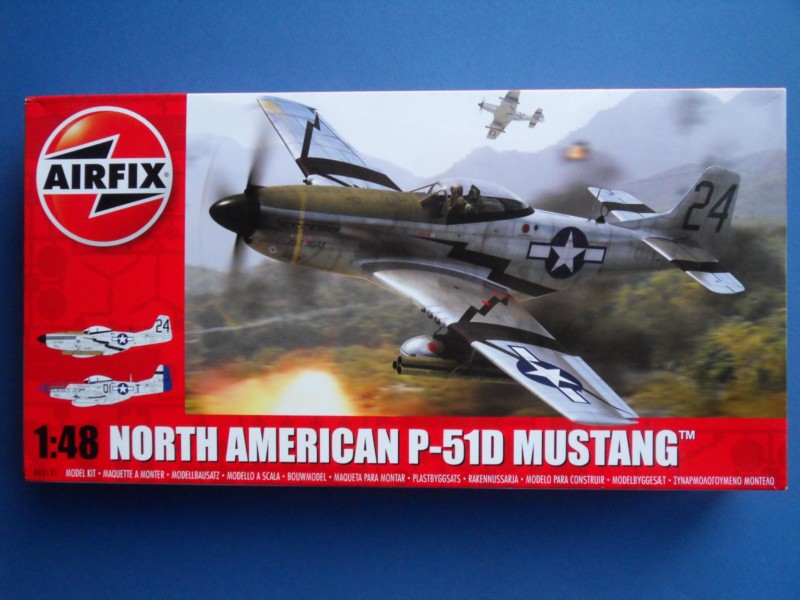
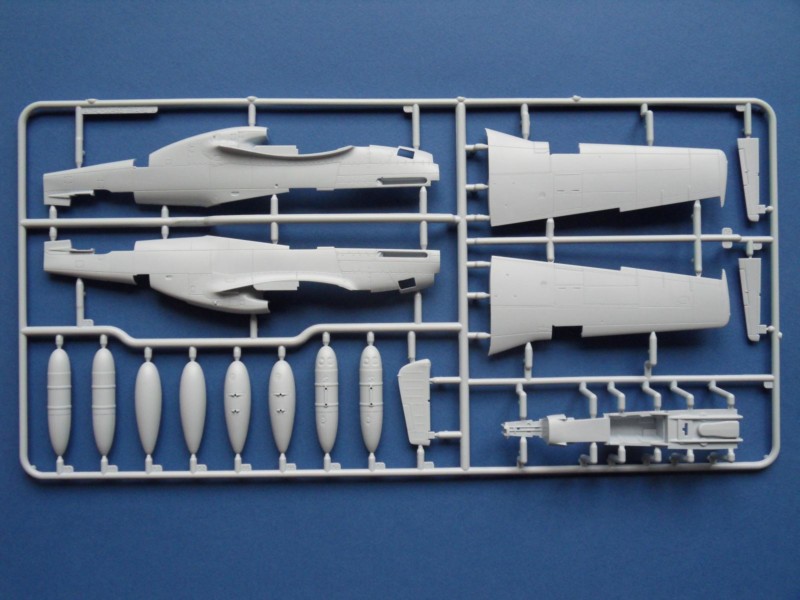
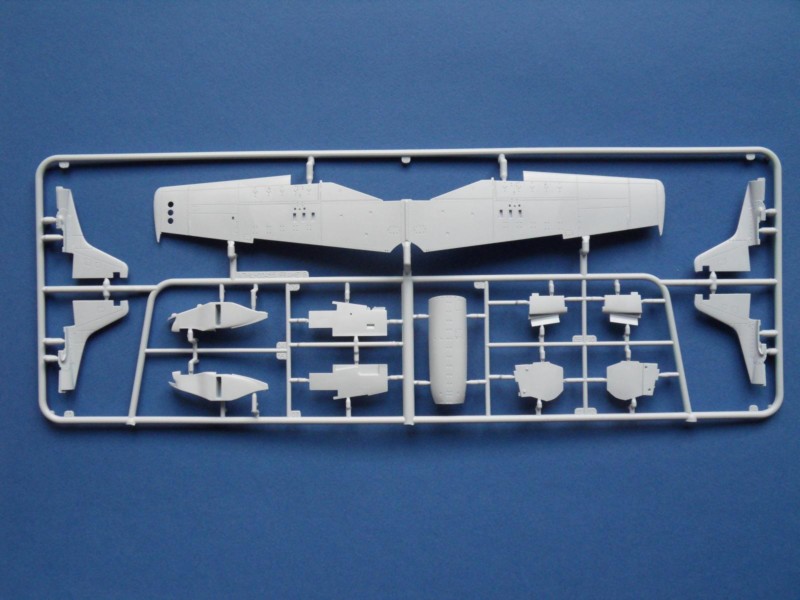
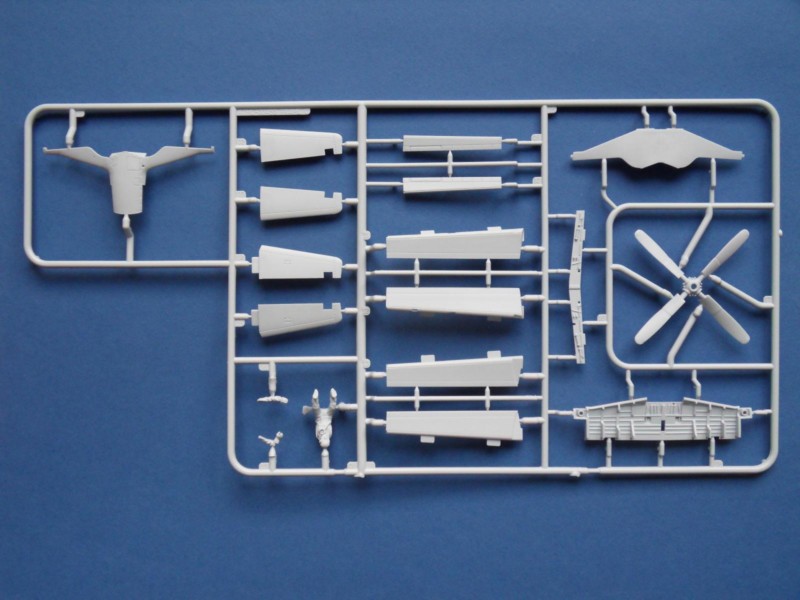
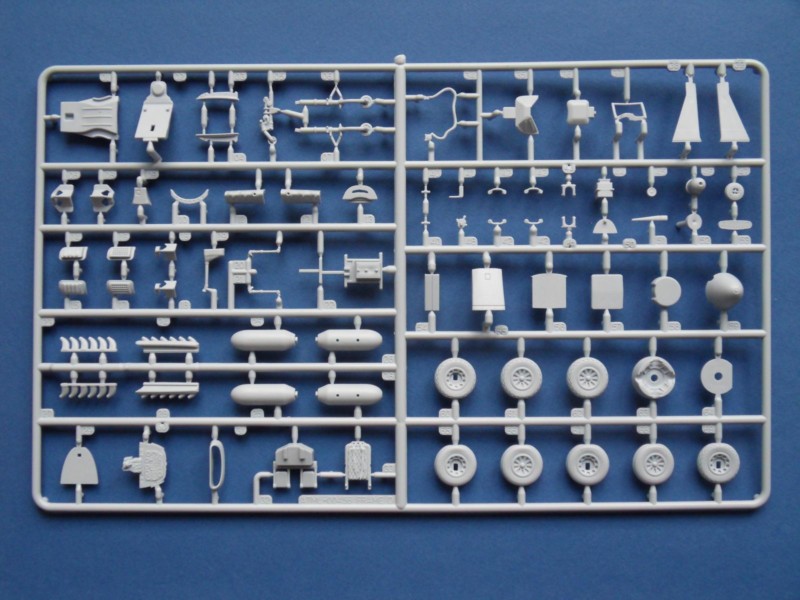
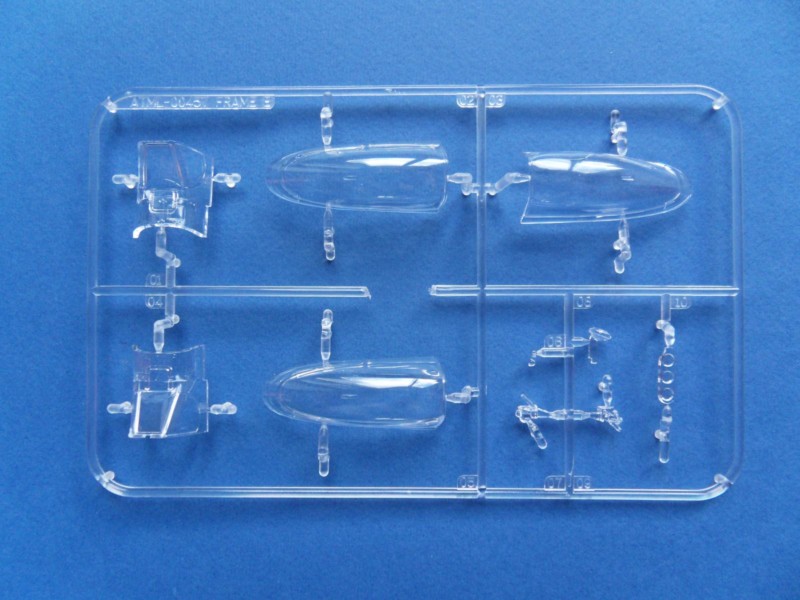
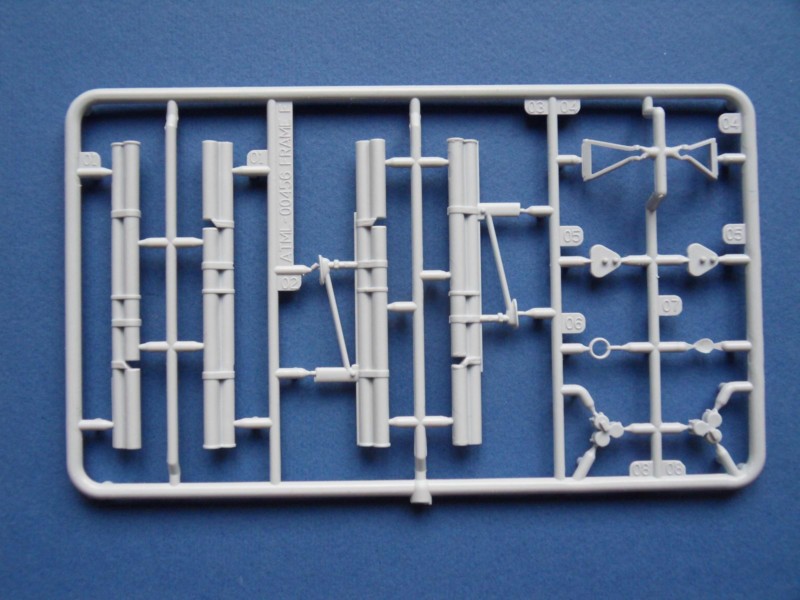
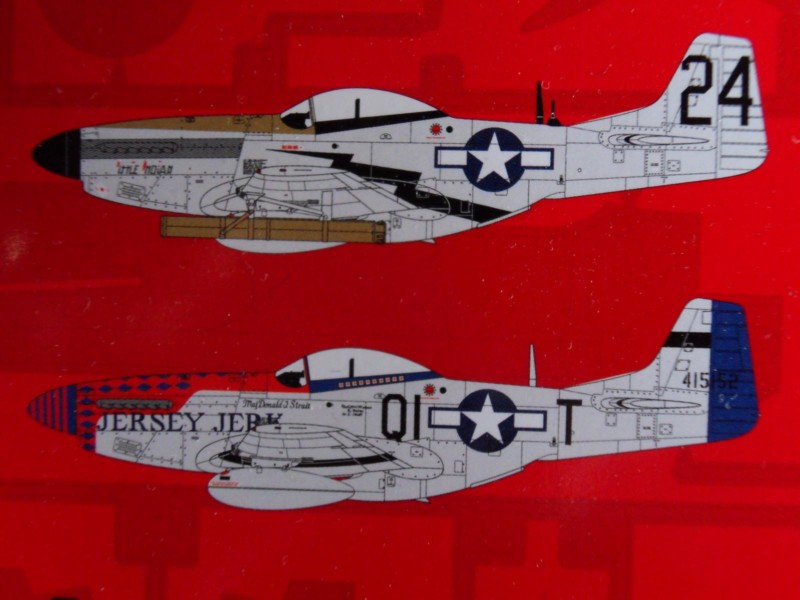

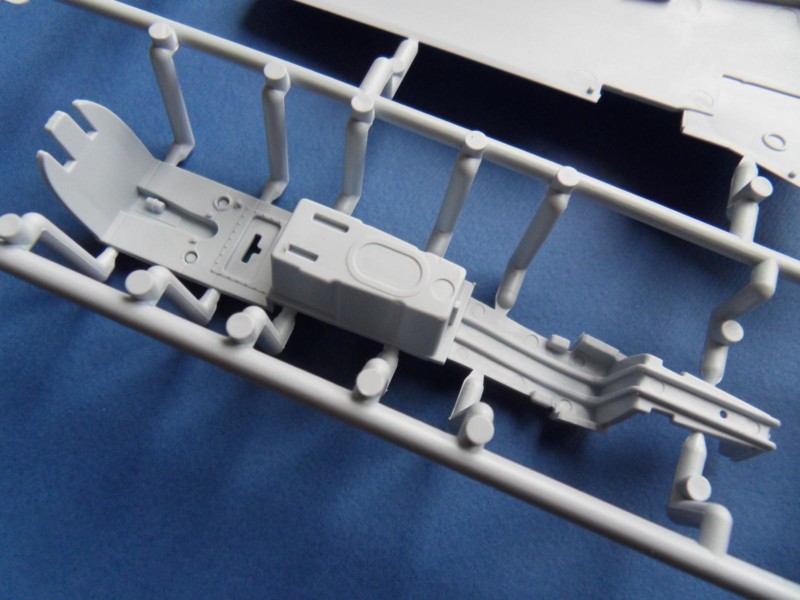
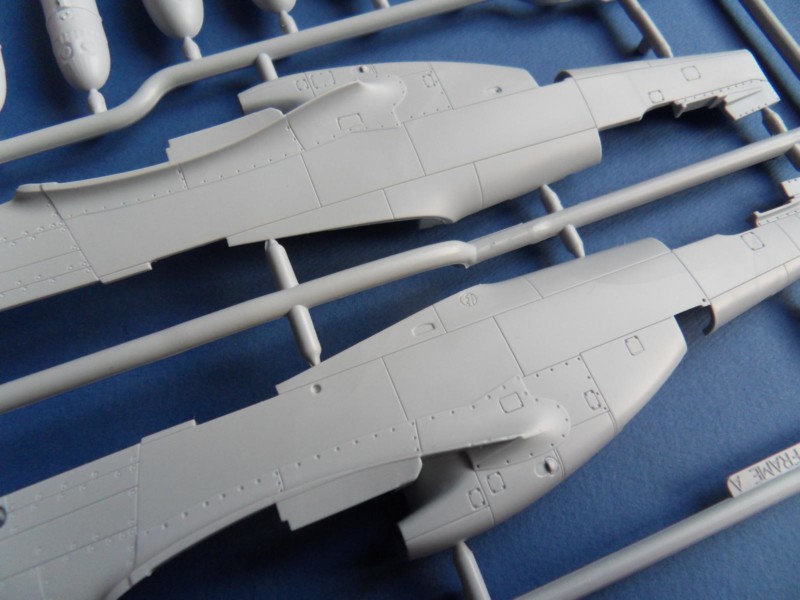
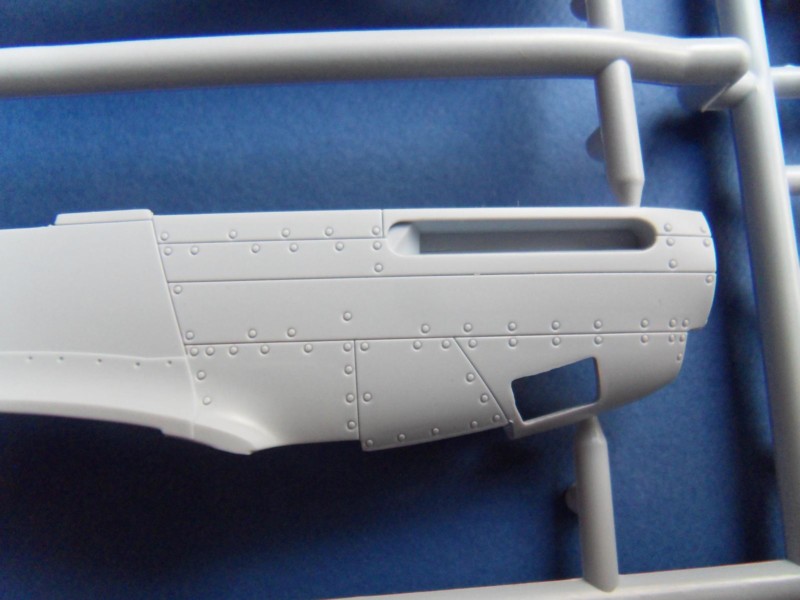



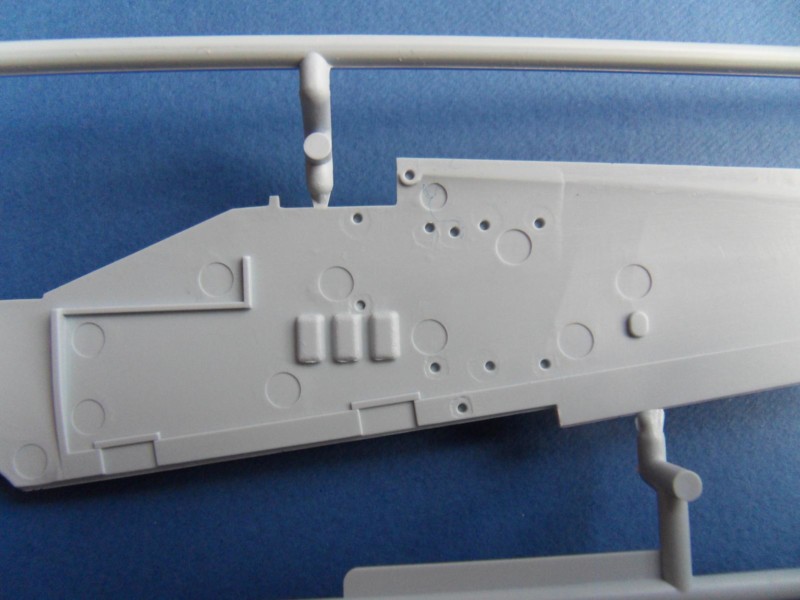
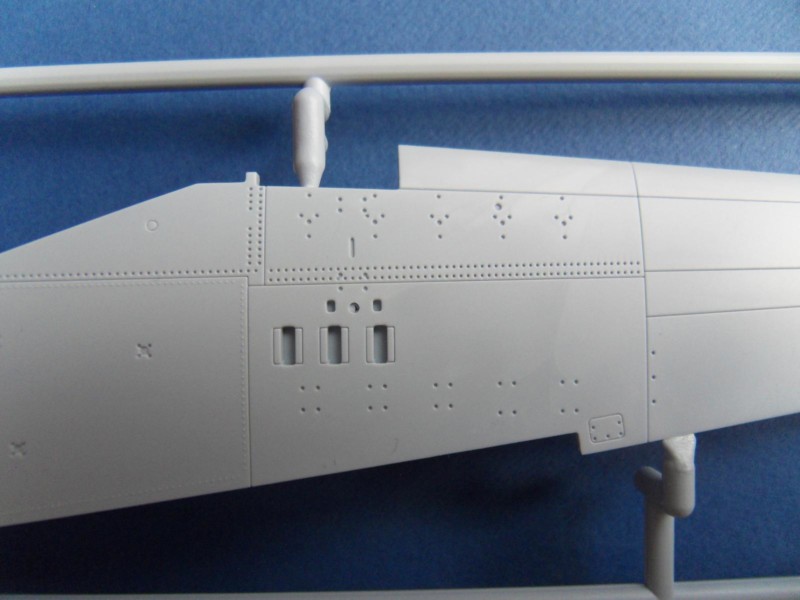
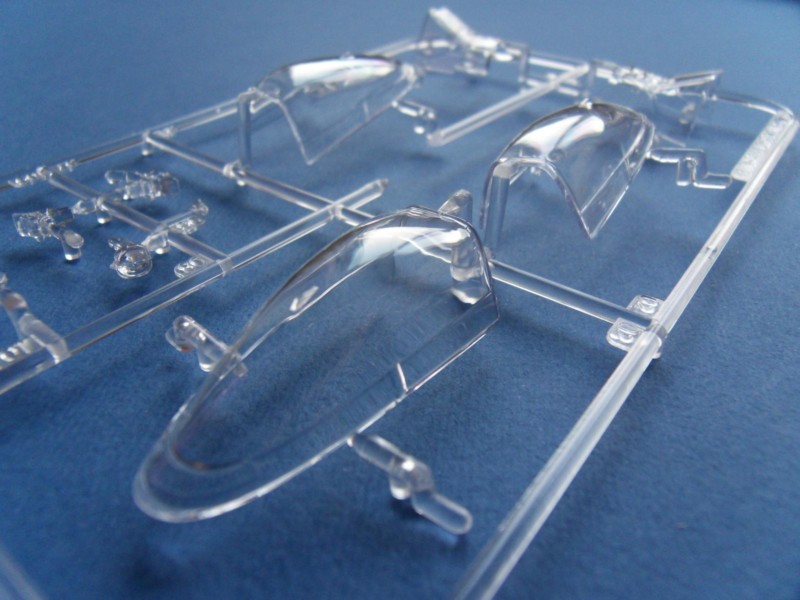


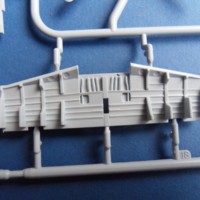
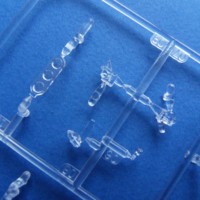
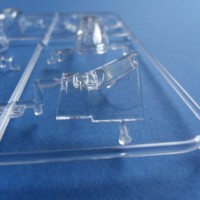
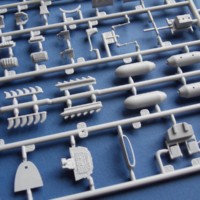
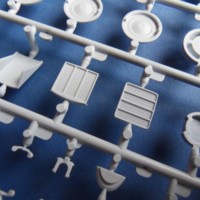

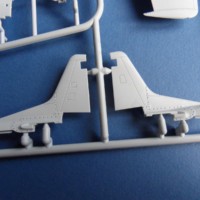
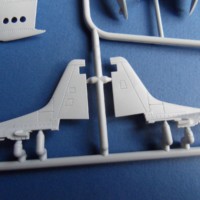
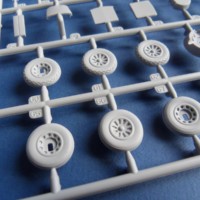

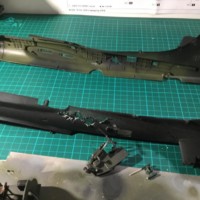

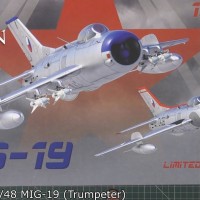
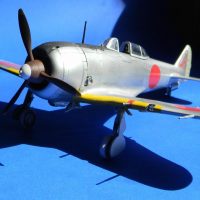
They'll release at least two other kits: the P-51D-5 without the dorsal fin, and the P-51D-20 with HVARs. Not putting all the parts in one kit (as they did with the Hurricane) means more sales of the developed kits.
Great news. You know this from a good source?
I know it from the logic of looking at how the parts are designed and the sprues are cast, and Airfix's previous marketing model. They'll do a third one: a RAF Mustang 4 with the Aeroproducts prop. Because it's RAF.
Very well presented and informative, comprehensive review, Stellan - thank you.
Thank you, Craig!
I've got to get my hands on one (or more) of these. It looks like a great new kit. I'm really pleased that Airfix has done the main gear wells properly with the way they molded the main wing spar. I also like how the canopy is molded.
One or more, yes, I believe you´re right!
Looks amazing are Airfix now beating Tamigawa at there own game, how does it compare to the terrific Tamiya kit ?
N.
I'm actually building them side by side at the moment (Slowly as I do not get a lot of bench time) So far the Airfix kit has not required filler, but I have not yet gotten the wings to the fuselage. I put Aires Wheelbays into the Tamiya kit...what an 'effin fight that has turned into! so having the Airfix wheelbays already accurate is a lifesaver. The engineering of the nose in the Airfix kit almost precludes adding an engine without taking everything off forward of the firewall. Oddly, the Tamiya nose is almost the same! Both are noice kits with Tamiya having a slight edge on finesse, but Airfix has the edge in accuracy. The difference in the two tail fillets is subtle, but captured accurately. One of the two has a very slight curve in the part between the fin and fuselage, the other is ramrod straight. The curved one is the first iteration of the fillet, and was colloquially referred to as a "Swayback"
Brett
Thanks for your input regarding the fin extension, didn´t know this.
As you say Tamiya may have a slight finesse to the panel lines and details but at the end of the day it comes down to preferences rather than accuracy I think.
P-51D-10/15 use the "swayback" dorsal fin (the one the kit instructions don't mention), P-51D-20 and later use the "straight" dorsal fin.
Hmm been looking at the two fins and cant see any real difference...me think. Will have to snip them off to compare actual profile.
It would seem that all of the bigger kit manufactures make wings with rivets and engraved or raised panel lines in 1/48. Tamiya's 1/32nd uber kit has them too. The rational is that post war Mustangs did away with the filling of the front wing with putty. Or the War Bird owners did away with the maintenance of filling in the wings. Of course the accuracy police should be happy applying thin glazed coats of putty... Its a nice kit. I think that the tire arrangement resembles post war tires. The side walls appear to be more square. Easy remedy with after market resin tires. This kit is a good balance for bang for buck. I've got the Meng kit and it costs a little more. But both kits do a good job of representing the type.
Thanks for your thoughts on the wing panel lines. I will not putty the panel lines on my review example as I really like the look.
Stellan, thanks for the review. As a big mustang fan I see a lot of promise in this kit, I especially like the fact they did the canopy in one piece instead of that stupid canopy frame Tamiya has on their kits and that Airfix did on their 1/72 kit. A small thing, but a big plus for me ! Another small issue is some of the small parts could have been eliminated, such as the gun inserts and the small vent behind the spinner. I'd like to have seen them just mold in that vent and come up with something better then that wing insert for the guns, its just one more thing you have to carefully line up and watch out for gaps in the seam lines. Overall they seem to be listening to the model guys when they engineer these kits, but I still see them designing kits with parts to make more parts. Again, small issues that most of us have the skills to take care of, but extra work, I'd like to not deal with. Overall a very nice looking kit and I may have a few on the shelf. Thanks for giving us a look !
Take another look at the sprue layout: If Airfix is not planning for a P51B/C kit, then why are the fuselage and upperwings together, with the lower wings and some details specific to the D are also on easily modified/changeable groupings? I think that a B/C will follow in the future, possibly fairly soon. (But after the other boxings of the D/K
Hmmm, a B/C would also be nice.
Thanks for your input, Brett.
That is my hope as well Brett, and I agree about the Sprue layout. I hope Airfix will follow the same course they have with the Spits. B/C's Mustangs! As long as the floor is correct!
There won't be a B/C from this, unless they make the same mistake Hasegawa made on their 1/72 B/C, and try to fob off a P-51D wing as a B wing. P-51Bs and P-51Ds are separate, different kits.
I don't know, Tom. It seems to me that a B/C is possible. The top wings are on the same sprue as the fuselage, which also obviously has to be replaced, and the bottom wing has a separate insert for the leading edge around the wheel well, which sticks out to the side of a sprue and could be easily gated off with a new piece added below. I think those could take care of the wing issues, or am I missing something?
Terry, you are most welcome!
I´m not so sure the gun inserts will be an issue. From what I can see they look very nice and the gun muzzle detail looks fine to me. What the insert does is eliminating a joint (upper and lower wing halves) that one would have to sand, possibly with the risk of damaging the guns. Only a build will show any gaps.
Nicely presented Stellan, concise and to the point - looks like a great kit
Thank you, Mr Mills. I do hope it is.
Stellan, thanks for the review. While i'm not a big fan of the Mustang like Terry is, i've been following the development of this kit with close interest, partly to watch how Airfix is evolving in terms of kit design. I look forward to seeing how these models look once completed. As Terry said, Airfix managed to improve upon the basic P-51D by eliminating some to the frustrating challenges of the Tamiya P-51D and improving in areas that Tamiya sort of whiffed at.
Thank you, David. I think there are a few standard aircraft out there any model kit maker must do, the Mustang is one of them. Each time one of the stndard models are being released the whole modelling community is on the model and the maker like a rock. What is positive, what is not so... Hope this model will at least be recognized as a milestone in Airfix new line of models.
Nice review Stellan, I'm looking forward to building my Mustang in the stash.
Thanks, Robert! Pull it out tonight and get going.
I'm just finishing #3 of my Airfix Mustangs, this one in NMF as Col. Beverly's 325th "checkertail clan" airplane. Nice to see that the old Aeromaster sheet designed for the Hasegawa Mustang fits.
If you are on your 3rd Airfix Mustang it can´t be that bad, right? Enjoy the build, Tom.
Thanks for the review
You are most welcome, George!
I'd nominate myself as dead last to comment on outline accuracy, etc., but judging from the sprue photos, this kit wouldn't even begin to tempt me. The moulded detail is what I would consider typical of Airfix- very heavy and soft. The wings really don't matter as they should probably all be filled in with putty or CA anyway. I'll stick with Tamiya for fit & ease of build, and Hasegawa for fine, crisp details/panel lines. Just MHO.
Thank you for your comment, all opinions are welcome.